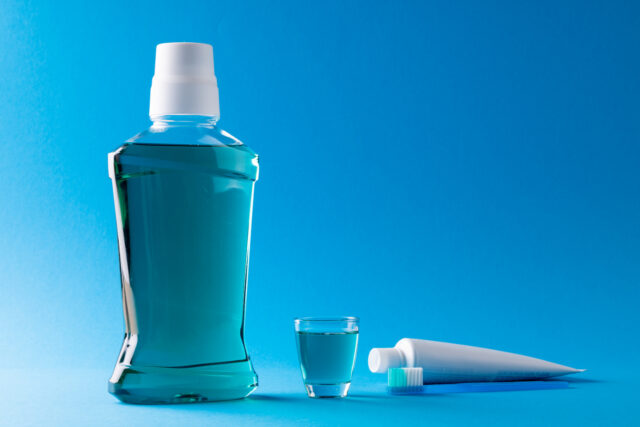Biofilm, that sticky, invisible substance harboring a colony of bacteria, is the primary culprit behind a host of oral health problems. It’s the reason why brushing and flossing alone often fall short in preventing gum disease and other oral infections. This resilient microbial community is incredibly adept at shielding itself from our oral hygiene efforts and even antibiotics.
The Systemic Implications of Oral Neglect
The consequences of unchecked biofilm extend far beyond the mouth. Emerging research strongly links oral health to systemic conditions, including heart disease, diabetes, respiratory infections, and even certain cancers. The mouth, it seems, is a window into overall well-being.
The Limitations of Mechanical Cleaning
Traditional oral hygiene practices — brushing, flossing, and professional cleanings — are undeniably essential, but they have their limitations. At best, they can only remove a fraction of biofilm, leaving a significant portion undisturbed. It’s like trying to extinguish a forest fire with a garden hose.
Enter Oral Rinses
When formulated correctly, oral rinses can be a game-changer in the fight against biofilm. Unlike mechanical methods, rinses can penetrate the biofilm matrix, kill bacteria, and even inhibit new biofilm formation.
A truly effective oral rinse should possess three key properties:
- Biofilm Penetration: It must be able to break through the protective barrier of the biofilm.
- Antimicrobial Action: It should effectively kill the bacteria within the biofilm.
- Biofilm Prevention: It should inhibit the formation of new biofilm.
OraCare, a unique combination of chlorine dioxide and poloxamer 407, demonstrates these essential qualities. Chlorine dioxide, a powerful oxidizer, effectively penetrates and disrupts biofilm, while poloxamer 407 creates a protective barrier against new biofilm formation.
Clinical studies and case reports provide compelling evidence of OraCare’s efficacy in reducing biofilm, improving gum health, and even addressing staining.
A New Era of Oral Care
It’s clear that a comprehensive approach to oral health requires more than just brushing and flossing. Incorporating a therapeutic rinse can significantly enhance patient outcomes. By combining mechanical and therapeutic approaches, we can help patients achieve optimal oral health and reduce their risk of systemic complications.
SOURCES: High Throughput, Dentistry Today





